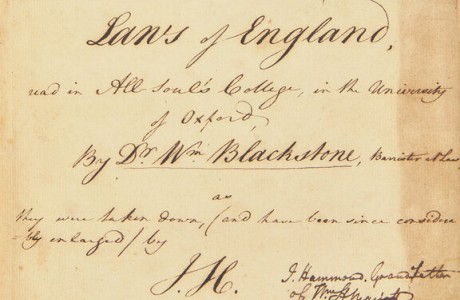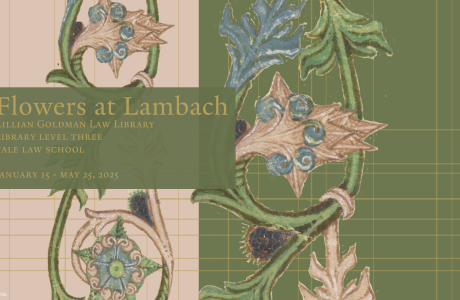Monuments of Imperial Russian Law: Peter the Great

Zertsalo. Russia. ca. 1750-80. Russian Historical Museum, Moscow. Photograph by M. Kravtsova.
Peter the Great spent the majority of his years in power at war with his neighbors. His reforms were directed principally towards modernizing the structure of the Russian State, which had implications for Russian administrative law. He recognized the need for the continual systematization of legislation and appointed three commissions between 1700 and 1720 to attend to the matter. None progressed very far. Peter’s reforms of the State apparatus and of military and naval law gave him claim to the title of law reformer. The Russian government was reorganized with close account being taken of practices in Sweden and Prussia. In 1722 Peter established the Procuracy, which has endured to this day as a component of the Russian legal system. His Military Statute (1716) and Naval Statute (1720) both drew upon European models, including German, French, Swedish, Dutch, and English; these two statutes remained in force with minor modifications for more than a century and extended to certain civilian matters.
Peter’s enduring legacy to Russian law was a visual image of law and legal consciousness in the person of the Zertsalo, a trihedral object reproducing the text on each of its three sides of designated edicts issued between 1722 and 1724 on preserving civil rights, offenses in courts, and the importance of complying with State statutes. Atop the prism was placed a Russian crowned double-headed eagle, often removable.
The presence of the Zertsalo was required if a court was formally in session; in the presence of the Zertsalo, the court officials were considered to be performing their official duties. If the court moved on to unofficial matters or other events were held on court premises, the Zertsalo was to be taken from the room or the double-headed eagle was to be removed and carried out of the room. Penalties were established if these strictures were violated, the guilty official being subject to a fine and, after 1840, a reprimand. At least thirteen Zertsalos are known to survive today in Russian and Ukrainian museums – all different, often dramatically so.
See: W.E. Butler, “On the Formation of a Russian Legal Consciousness: the Zertsalo”, in Butler, Russia and the Law of Nations in Historical Perspective (2009).
“Monuments of Imperial Russian Law,” curated by William E. Butler and Mike Widener, is on display Mar. 1 - May 25, 2012, in the Rare Book Exhibition Gallery, Level L2, Lillian Goldman Law Library, Yale Law School.


